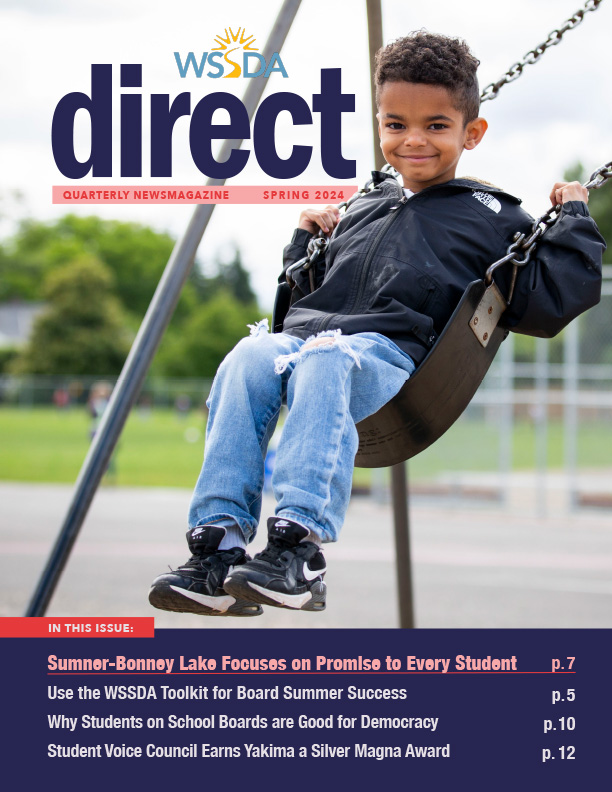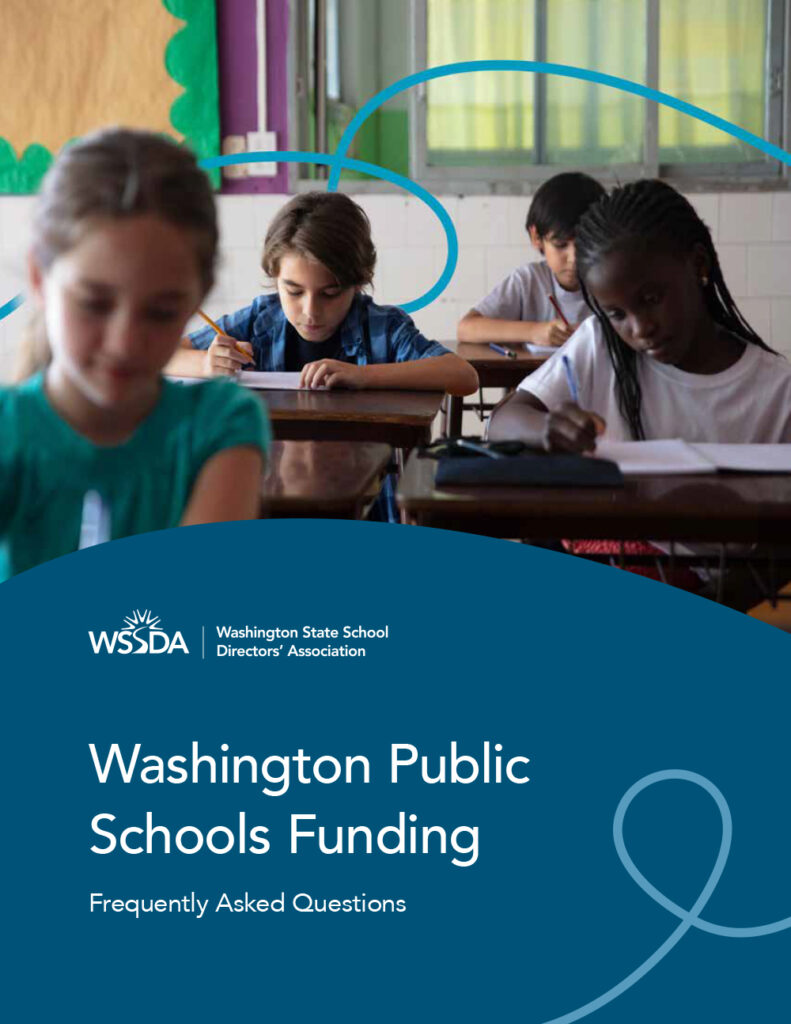WSSDA Board Offers Executive Director Position to Tricia Lubach
Posted on July 25, 2024 by Sean Duke
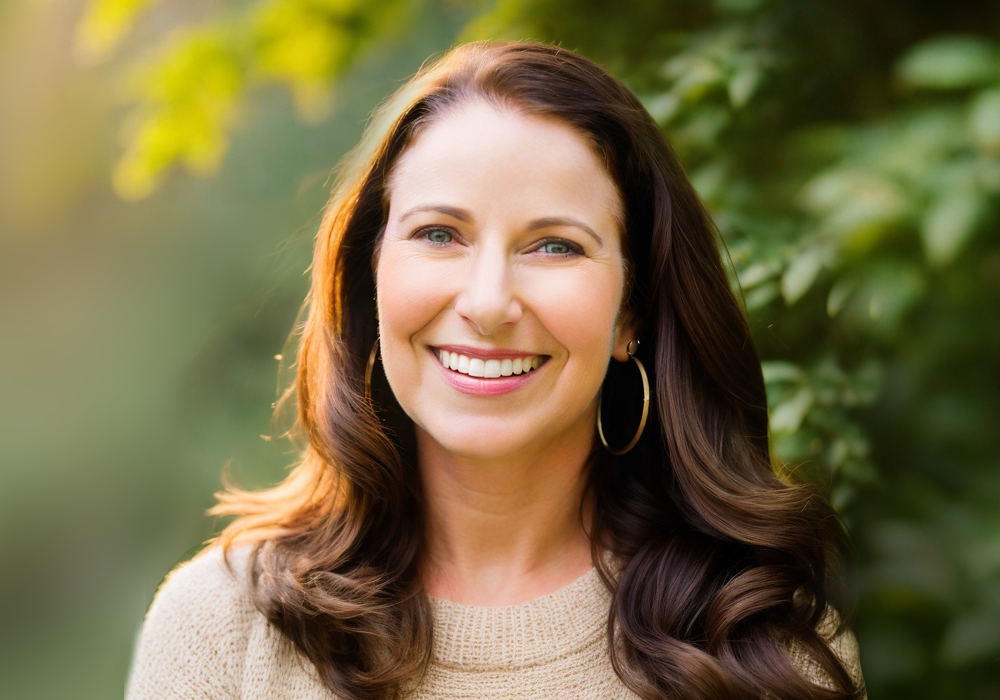
After a unanimous vote of the WSSDA Board of Directors on July 23, Tricia Lubach was offered the position of executive director of the Washington State School Directors’ Association.

“We’re thrilled to be hiring one of our own,” said WSSDA President Sandy Hayes of the Northshore School District. “Tricia comes to us with decades of experience as a school board member and a WSSDA staff member. Because of her background, she is well-equipped to take the position and hit the ground running.”
“The board was impressed with Tricia’s deep understanding of WSSDA’s opportunities and challenges, and her well-thought-out plans for tackling both,” added Derek Sarley, WSSDA president-elect from the Walla Walla School District. “Her unmatched experience in leadership development sets WSSDA up to further advance its core mission of member training and support.”
Over 30 people applied for WSSDA’s executive director position. The executive search firm KEES assisted the WSSDA Board with arriving at four finalists. Of those, two were offered an in-person interview at the WSSDA office with the board and WSSDA staff. The next day, the board delivered its decision.
Lubach brings 19 years of experience serving on her local school board in the Quincy School District and 10 years of gradually increasing responsibility as a WSSDA employee. Her first exposure to WSSDA was in 2005 when she attended a candidate workshop for prospective board members, which WSSDA continues to offer during election season.
After her election, Lubach went on to serve as the Quincy School Board’s legislative representative, vice-president, and then president for several terms, and became increasingly involved with WSSDA as a member. Intrigued by what she learned and the statewide connections she made at WSSDA’s annual conferences, regional meetings, and training opportunities, her involvement with WSSDA continued to grow.
In 2012, she was selected as a member of the WSSDA cadre of consultants, which gave her the opportunity to work with boards around the state by facilitating workshops, retreats, and leading Board Boot Camp and breakout sessions at the WSSDA Annual Conference.
In 2013, Lubach participated in the prestigious Leadership WSSDA program. The experience during this yearlong, intensive training for veteran board members cemented her growing interest in school board leadership and professional development. Shortly thereafter, she was elected to the WSSDA Legislative Committee by school board members in WSSDA’s Director Area 7, the north-central part of Washington state.
In her present role as WSSDA’s director of leadership development, Lubach’s key accomplishments include development of the OnBoard professional learning system for school directors, the revitalization of WSSDA’s Annual Conference, and the renewal of the Washington School Board Standards based on a years-long collaboration with researchers.
“I truly believe in the mission and promise of WSSDA to support the work of every school director and every board-superintendent team across the state,” said Lubach. “And I’m inspired by them because I’ve seen firsthand the significant time and energy school board members dedicate. These largely unpaid elected officials make many sacrifices to champion public education and make decisions that benefit their students and communities.”
Pending the successful completion of a contract, Lubach will begin serving as the WSSDA executive director in August.
New WSSDA Website Launching Soon
Posted on July 18, 2024 by Sean Duke
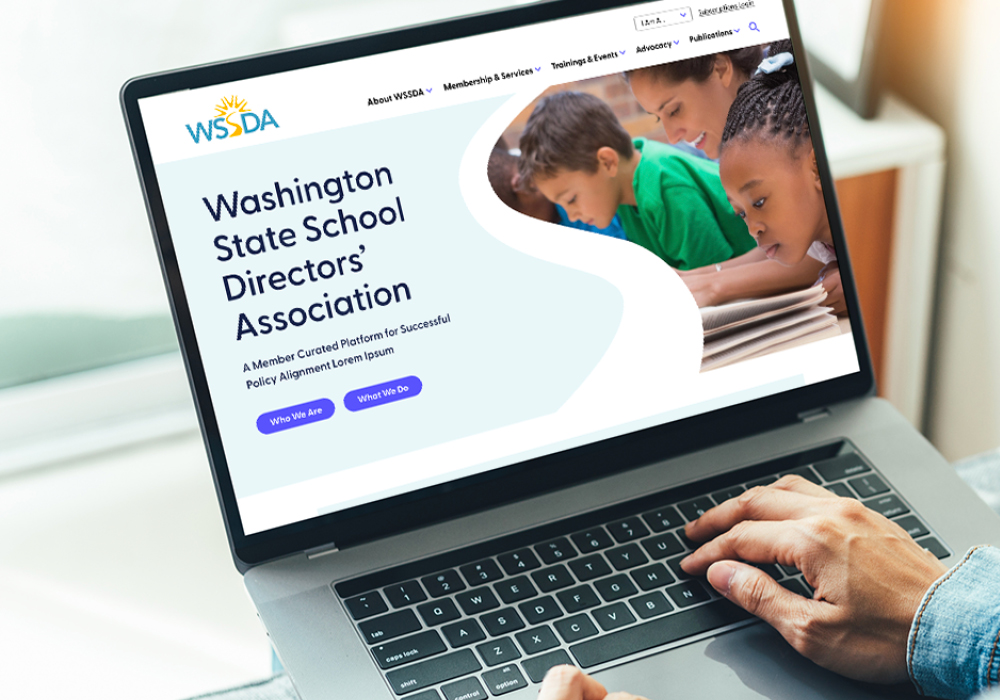
Since the start of 2024, WSSDA staff have been working on a complete redesign of wssda.org. The appearance and navigational structure will be completely different when it launches on or around July 30, 2024.
One of the aims of the new site is to make it clear who WSSDA is and what WSSDA does. The redesigned site will have new information and explain how somebody becomes a WSSDA member and what that membership provides them. Another goal is to improve and streamline user experience. Hopefully, visitors will find the site easier to read and navigate.
Note for Subscribers
Existing subscribers who log in to the WSSDA website will likely need to create a new password after the redesigned site is launched. Staff will communicate accordingly before launch.
Register Now for WSSDA’s Latest Interactive Training
Posted on July 1, 2024 by Alexa Voloscenko
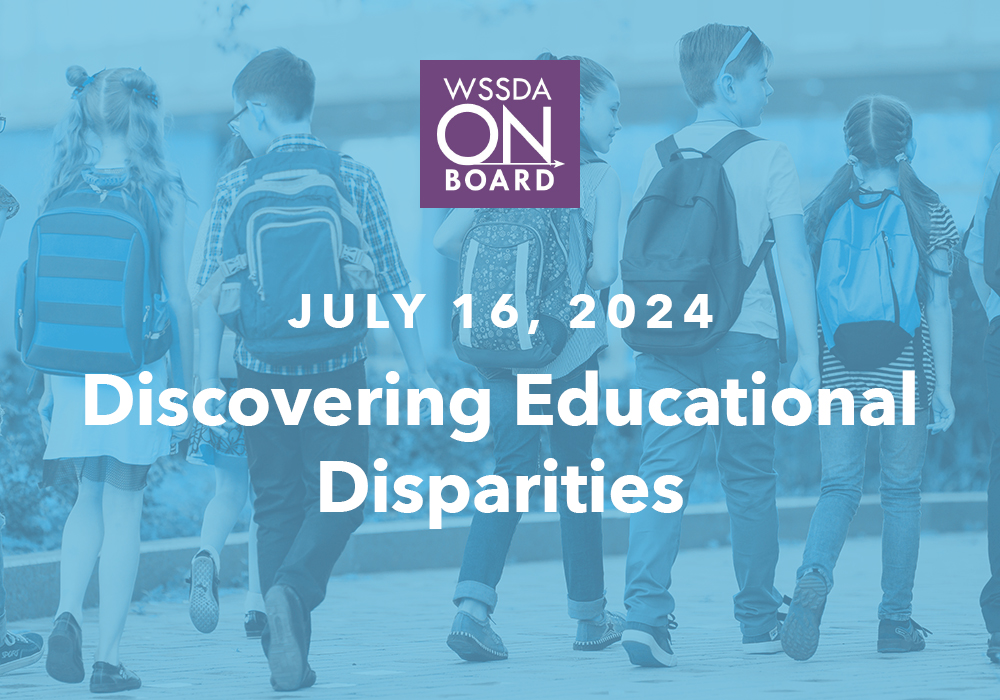
Local school board members and superintendents are invited to join WSSDA’s newest learning experience to become aware of two key types of disparity: educational opportunity and educational outcomes. Participants will explore what those are, how to detect them, and how they may be related.
If you’re a recently elected or appointed director, this would be a great opportunity for you to meet the initial professional development requirement that is needed within two years of taking office.
Discovering Education Disparities, the 5th and newest learning experience in the WSSDA equity series, will take place on July 16th, 2024, at the WSSDA’s headquarters in Olympia. Refreshments and cookies will be provided.
Top Three Principles of School Board Success
Posted on June 28, 2024 by Tricia Lubach

Recently, I spoke with a researcher who was writing a book on school board leadership. She asked me the top three things I wished all school board members knew. For a moment, I didn’t know where to begin. School directors are faced with so many competing priorities that it feels impossible to come up with only three things to help them succeed in all or even most situations.
But, being challenged to choose so few helped me unearth those that are the most foundational. With 19 years of serving on a school board and more than a decade of working with boards as a trainer and a consultant, here are the three things I urge every school director to take to heart.
First and foremost, it’s essential to recognize that school boards have a profound and lasting impact on student outcomes. This is not a mere assertion, but a statement backed by almost two decades of research. The attitudes, beliefs, and actions of school boards shape the trajectory of their students’ lives, often in ways that may not be immediately apparent but can reverberate for decades within a district. Therefore, it’s crucial to consider the legacy you want your board to leave and act accordingly.
Secondly, it’s imperative to understand that a board that primarily focuses on adult issues is failing its students. A truly effective school board is one that maintains a disciplined focus on the factors that either support or hinder students’ success. This requires unwavering resolve and persistence, especially when the loudest voices you hear are from adults. Therefore, it’s essential to actively seek out students and listen to their perspectives.
Lastly, it’s important to remember that students are observant. They take note of how they are treated and how board members interact with each other. They perceive what the board prioritizes and whether it listens and responds respectfully to diverse viewpoints. Your words and actions, even your demeanor during a school tour, all serve as a model for the district. Consider if you are embodying the behavior that you hope your students will emulate.
School directors get pulled in a million directions by constituents, school staff, and sometimes even politics, but centering yourself on the things that are shown to impact student success can keep you grounded in doing the right work. If you’re not sure what those things are, then look no further than the research-based Washington School Board Standards and any of the trainings and supports offered by WSSDA. And when faced with those loud adult voices pulling you off your primary mission of serving students, it’s okay to say, “I appreciate your input, and I’ll keep it in mind as we focus on the board’s core work.
Written by WSSDA Director of Leadership Development Tricia Lubach, this article was first appeared in the Spring 2024 issue of WSSDA Direct. Visit wssda.org/direct to see all the latest issues of WSSDA’s newsmagazine.
WSSDA Produces New Education Funding FAQ
Posted on June 24, 2024 by Alexa Voloscenko

The Washington school funding system is complex, and many previous attempts to explain it are lengthy and time-consuming to read. WSSDA designed this resource to answer some of the most common questions in a simple, accessible, and easy-to-navigate way. Inside this 32-page booklet, you’ll find answers to 36 frequently asked questions. The booklet also has colorful, explanatory graphics that you can use as stand-alone resources for distribution.
